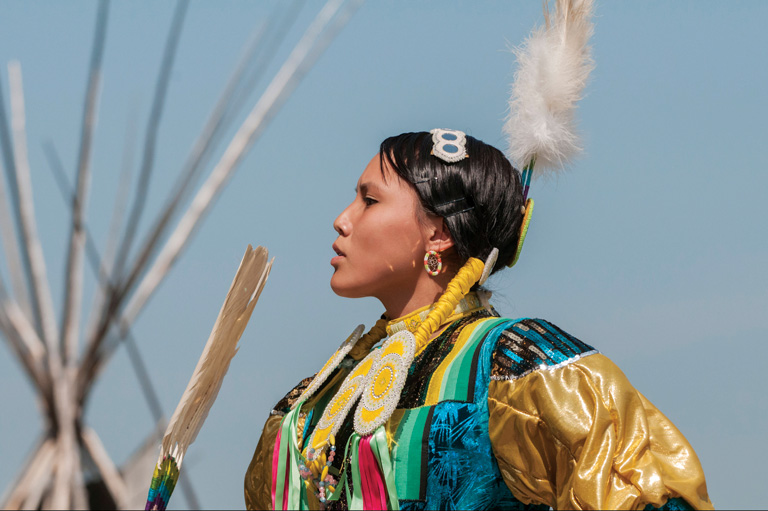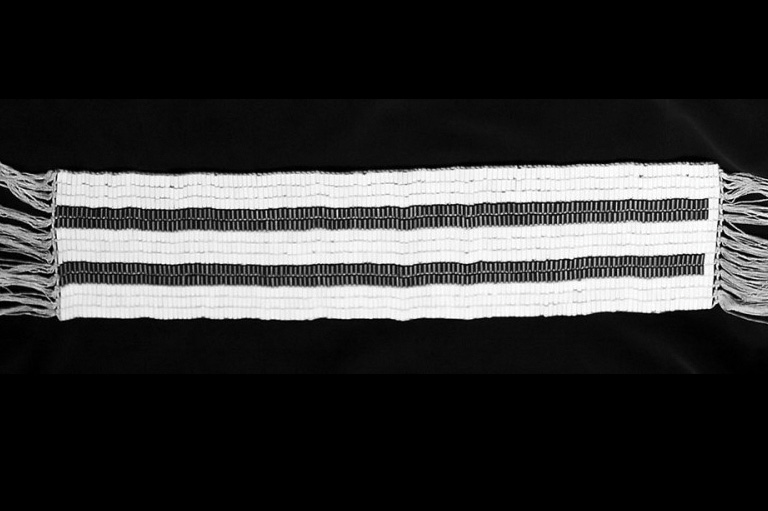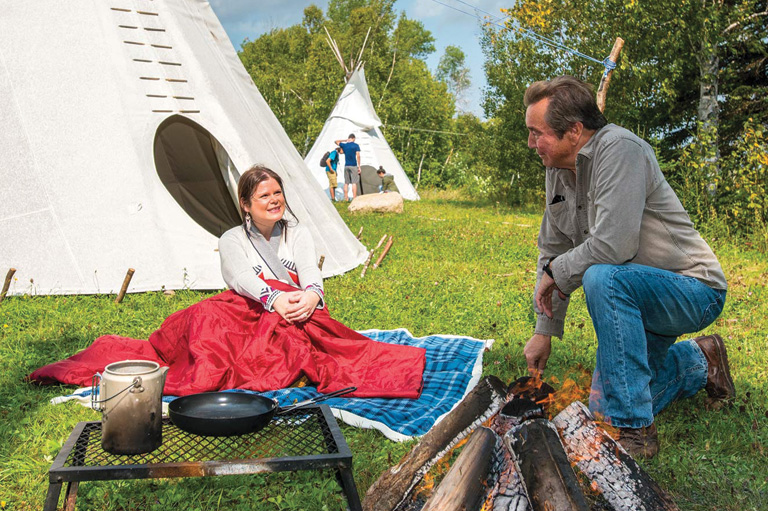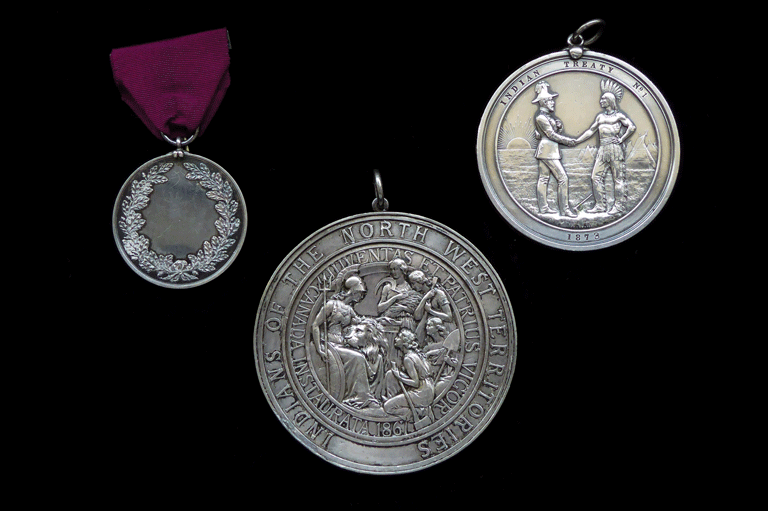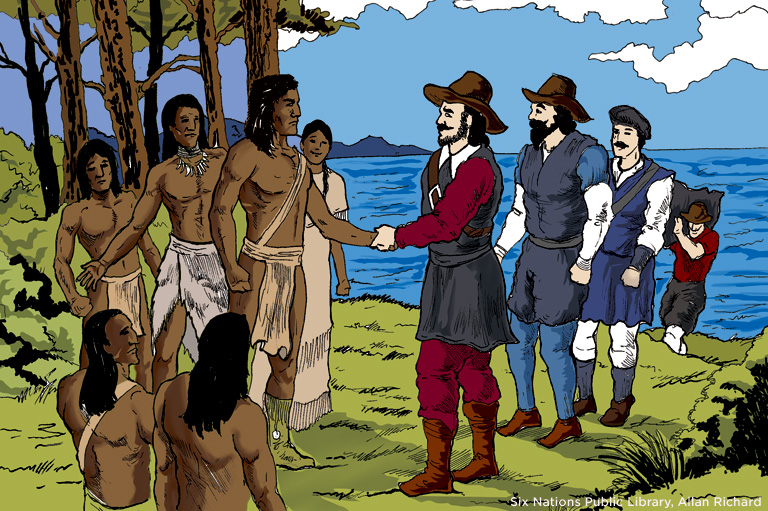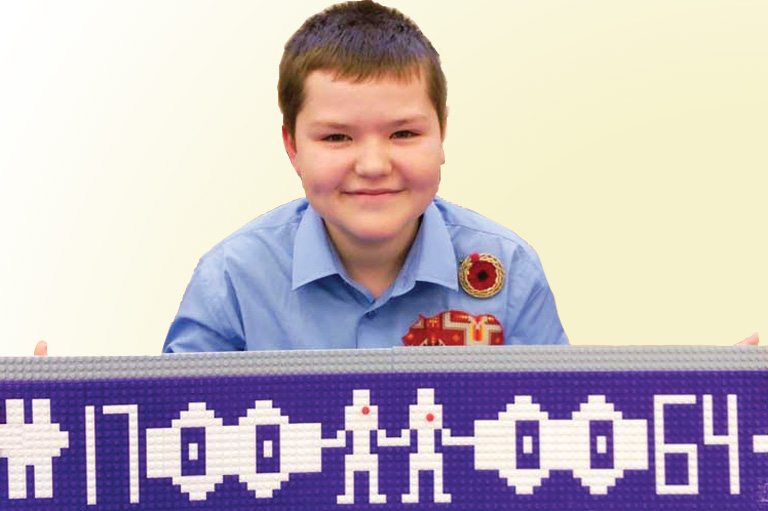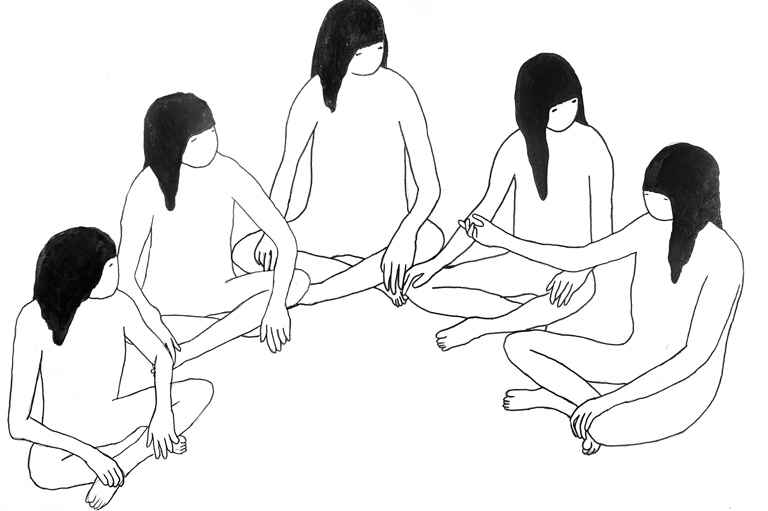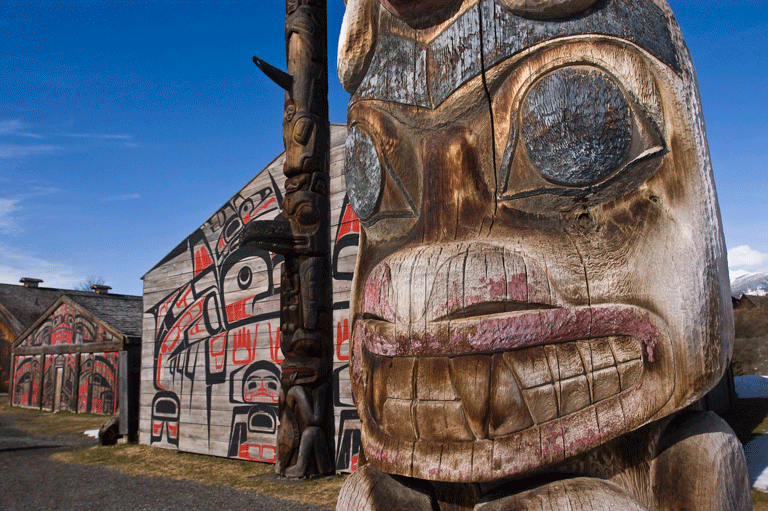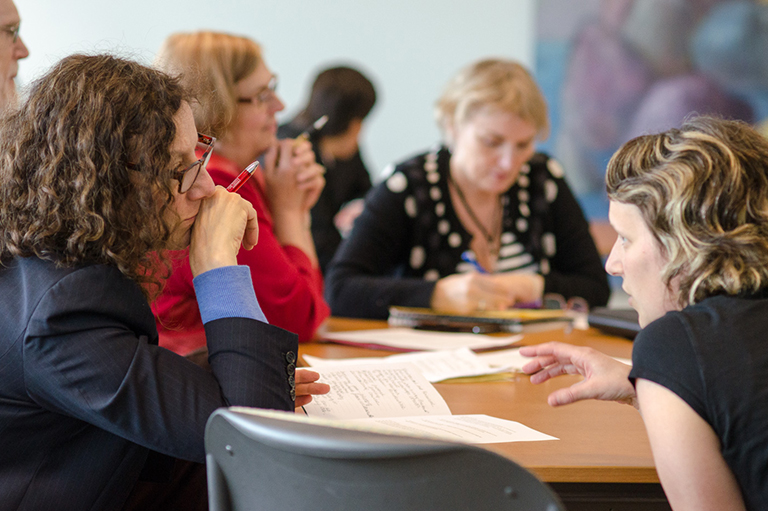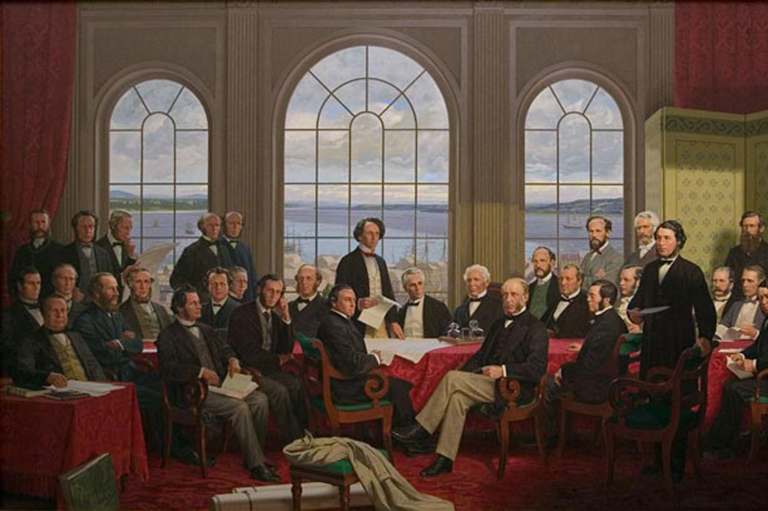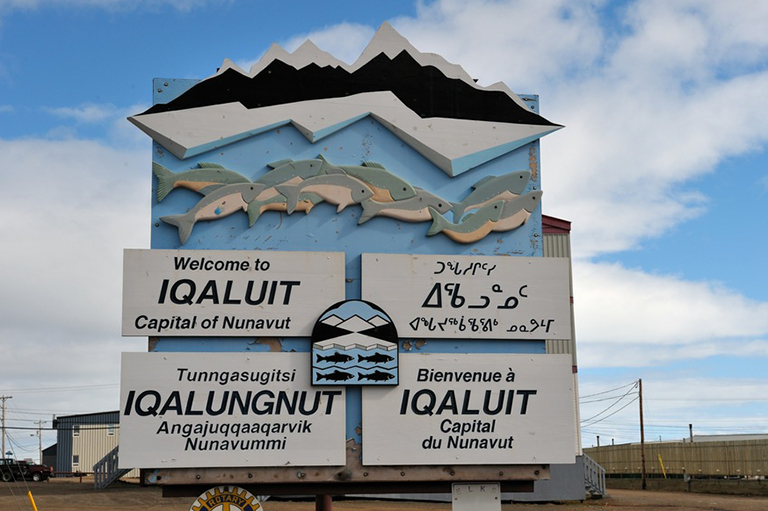Finding Del's Truck
See “Del’s Truck” by Guuduniia LaBoucan on pages 20 to 23 in the We Are All Treaty People issue of Kayak: Canada’s History Magazine for Kids.
Minds on
Use a priority pyramid to explain student judgments on a simple issue or topic. Build on this to explore historical significance as the process used by historians to evaluate what was important about particular events, people, and developments in the past.
Hands on
Provide an overview of the Douglas Treaties. Distribute character/player cards who took part in the Douglas Treaties [Nuuchah’nulth/Coast Salish/Kwakwaka’wakw peoples; First Nation chiefs; Sir James Douglas; Hudson’s Bay Company; Crown; settlers to BC]. Have students arrange them in a pyramid, putting who they believe is the most significant on top. Compare and share.
More classroom activities
Themes associated with this article
Advertisement
You might also be interested in...
This issue, as well as the corresponding educational resource package, can be found on the French side of our site.

Encouraging a deeper knowledge of history and Indigenous Peoples in Canada.
The Government of Canada creates opportunities to explore and share Canadian history.

The Winnipeg Foundation — supporting our shared truth and reconciliation journey.

We contribute to the well-being of the communities we serve through grants, scholarships, sponsorships, fundraising, volunteering and collaborative relationships with community partners.

